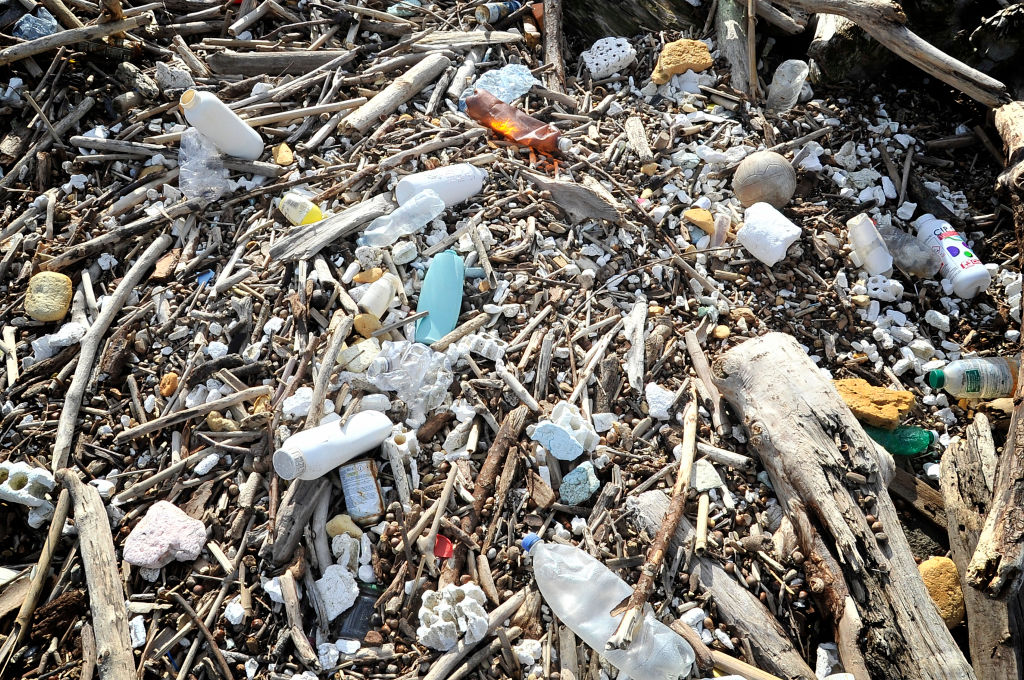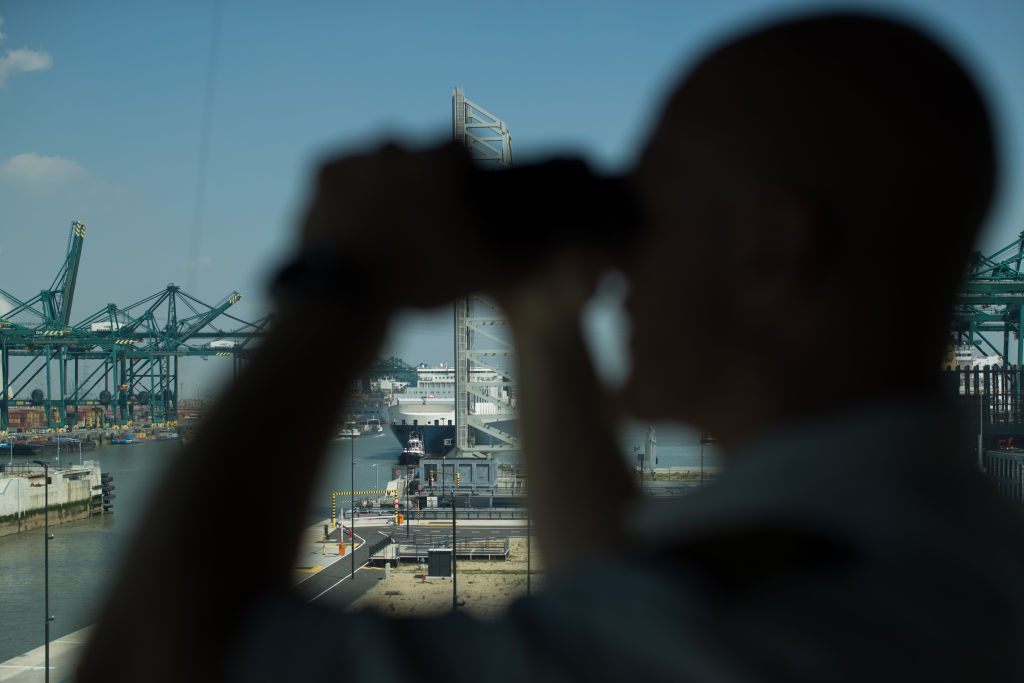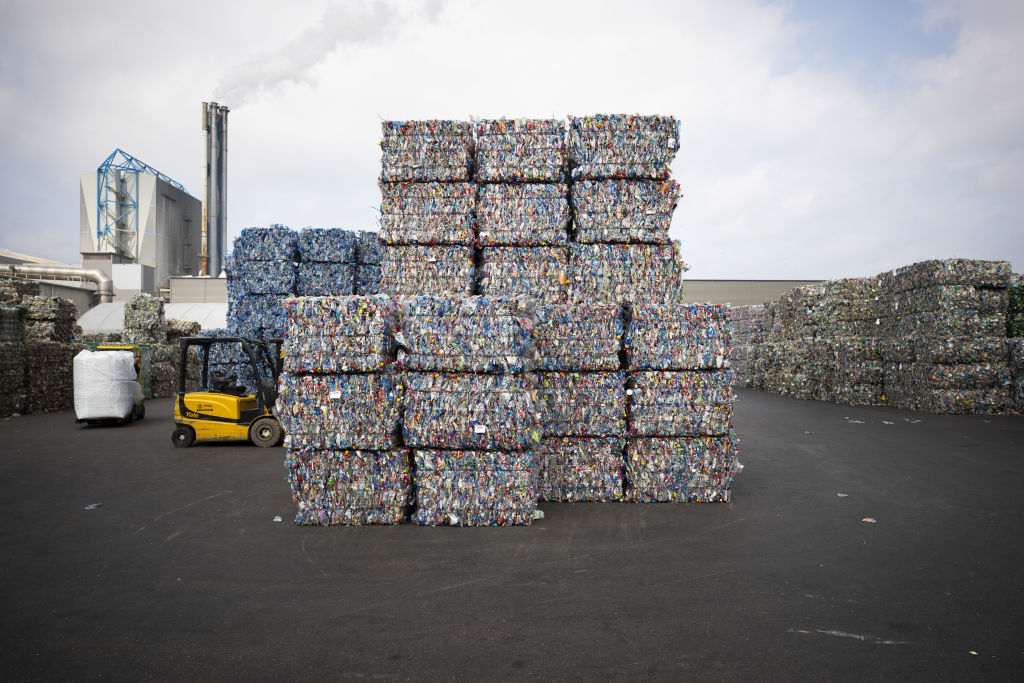Recycling Lies
Plastics labyrinth allows traders to illegally ship Europe’s waste
When China stopped importing waste, Europe had to find another destination for its increasing stockpile of supposedly recyclable plastic waste. Where does it go? And what’s the impact? To answer this question we put together a cross-border team to investigate the practice and impact of Europe’s plastic waste dumping.
Turkey has now emerged as the preferred destination with Antwerp as the main exit point. This investigation followed how neatly collected plastic waste from Europe ends up in environmentally disastrous fires at illegal dumpsites in Turkey, violating international trade rules in the port of Antwerp and contributing to serious pollution of the Mediterranean by Turkey.
METHODS
This investigation arose from the Lighthouse Sessions training course, where we workshopped the impact of China’s decision to bar plastic waste imports from the EU.
The goal was to understand how plastics — both consumer or industrial — finally end up in Turkey. Who profits and where is the line between the legitimate system and malpractice? To get there we used open source techniques including scraping websites where the auctioning of waste takes place. We tracked ships and containers, to find main export routes and destinations.
We spoke to the people involved in every step in the complex supply chain: the multinational waste processing companies; the traders; the transporters; the authorities involved and the family businesses in Turkey. With journalists based in Turkey we collected country-specific evidence at dumpsites, in order to reverse engineer the supply chain.
STORYLINES
Zooming in on the port of Antwerp, the main hub for the international trade in plastic waste reveals that heavily contaminated plastic waste from the Netherlands and the rest of Europe can be illegally exported to countries where it ends up dumped, not recycled. Waste traders have found ways to tamper with transport documents, unnoticed in the understaffed and -equipped Belgian port and illegally ship plastic to cheap final processors. Once exported, oversight by European authorities and companies on what happens to the plastic waste of European citizens turns out to be shockingly low.
Europe’s plastic waste litters the streets of Adana, a metropolis in southern Turkey, 30 kilometers from the Mediterranean. On a vacant lot, surrounded by sheds and shady car dealers, between broken tiles and concrete remnants, plastic waste abounds.
We find a Dutch Sauna Gift Voucher, “the most relaxing gift.” The green wrapper of six Heineken cans winds between pieces of wood and the frayed ends of a debris bag. With a note from the manufacturer: “95% is already recycled.”
A few meters away, on a crumpled plasticized price card, red numbers from Bakkerij Voordijk in the Dutch village Oud-Beijerland, calls out to passers-by: only 0.80 euros for fresh oliebollen, a Dutch delicacy.
There is much more Dutch plastic in the vicinity of Adana, too much to have been thrown out of a rental car by Dutch tourists. How does Dutch plastic waste end up 4,000 kilometers from home? At a rubbish tip, at illegal landfills or just in the Turkish countryside?
To keep up to date with Lighthouse investigations sign up for our monthly newsletter
The Impact
Our investigations don’t end when we publish a story with media partners. Reaching big public audiences is an important step but these investigations have an after life which we both track and take part in. Our work can lead to swift results from court cases to resignations, it can also have a slow-burn impact from public campaigns to political debates or community actions. Where appropriate we want to be part of the conversations that investigative journalism contributes to and to make a difference on the topics we cover. Check back here in the coming months for an update on how this work is having an impact.




